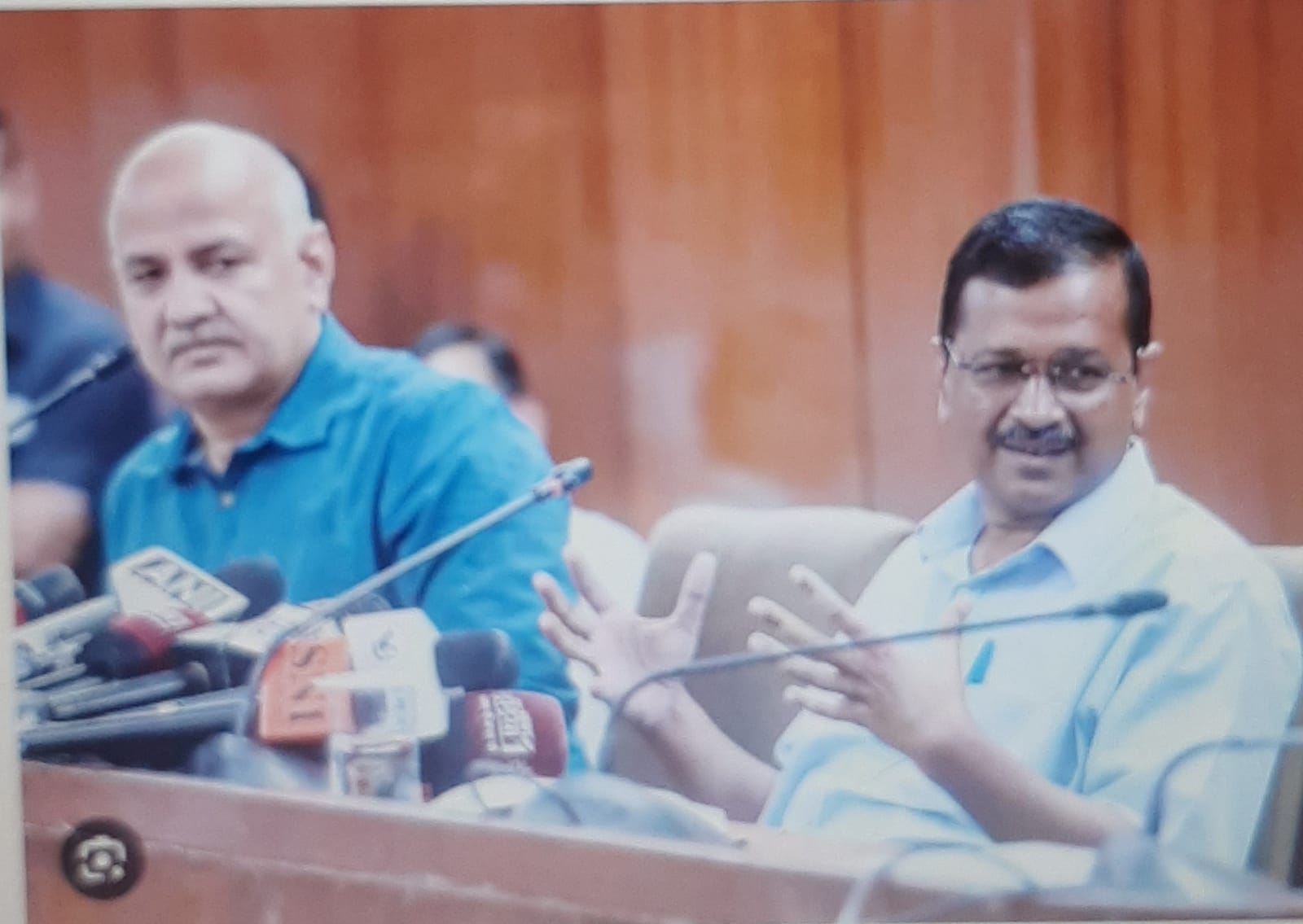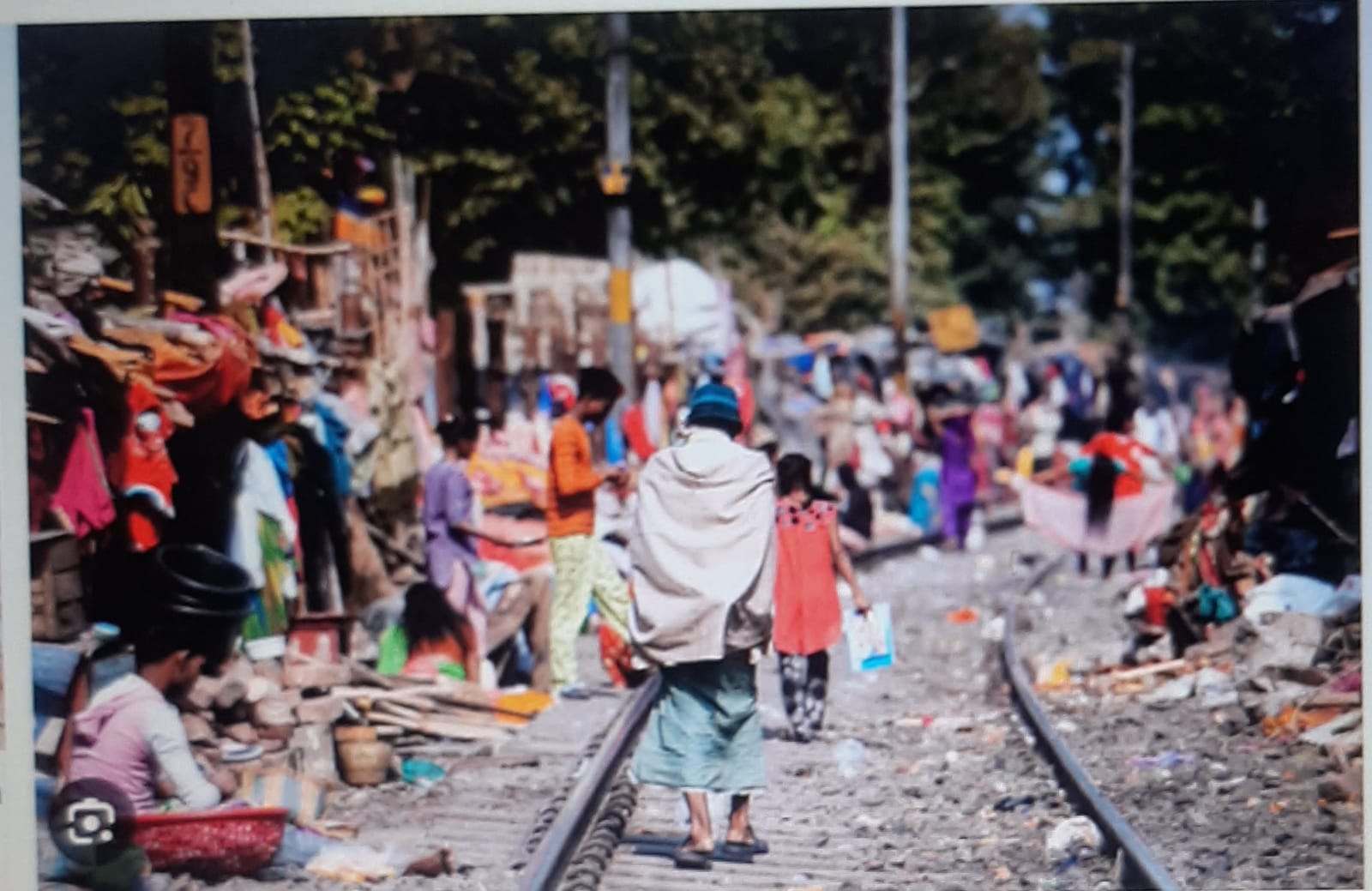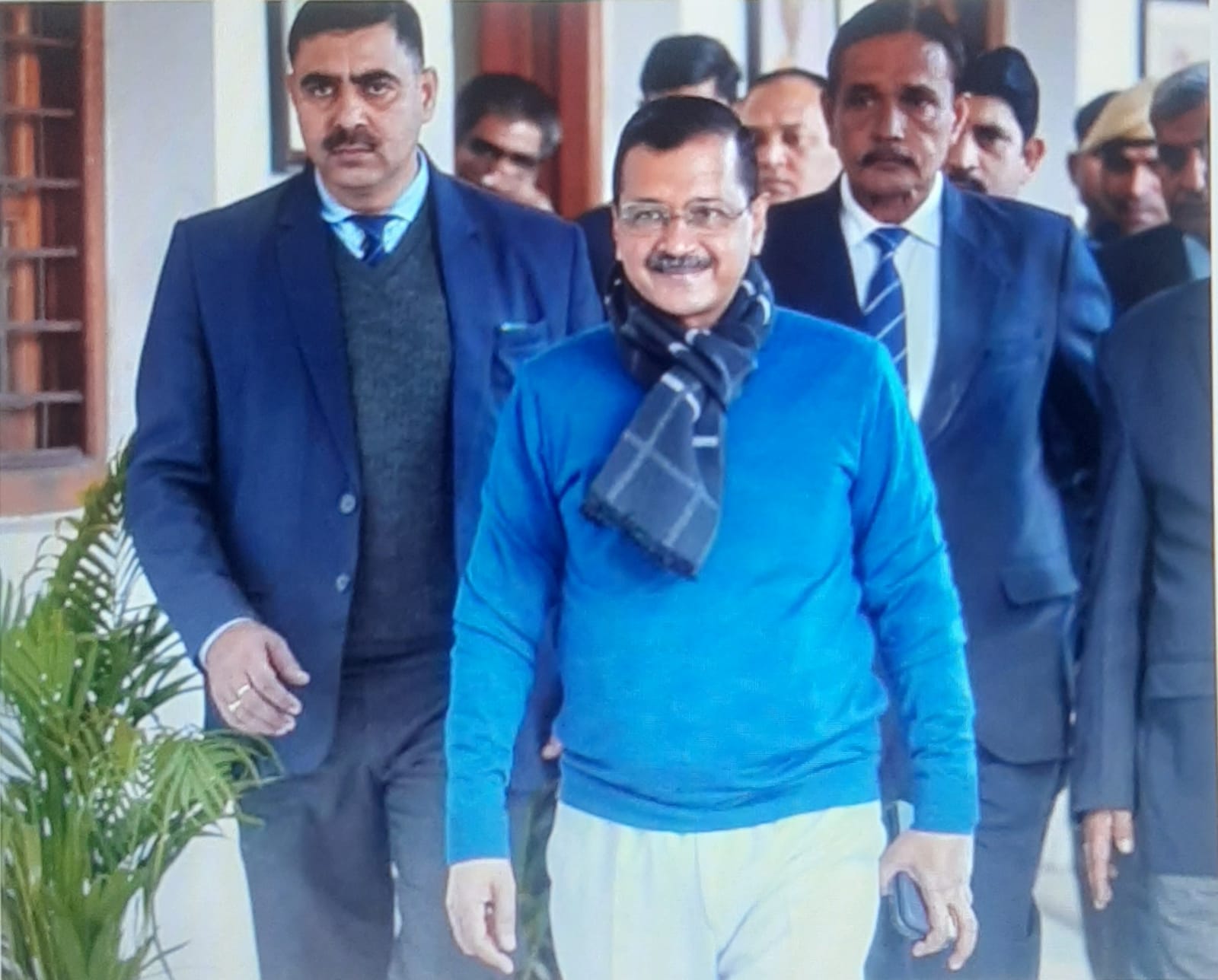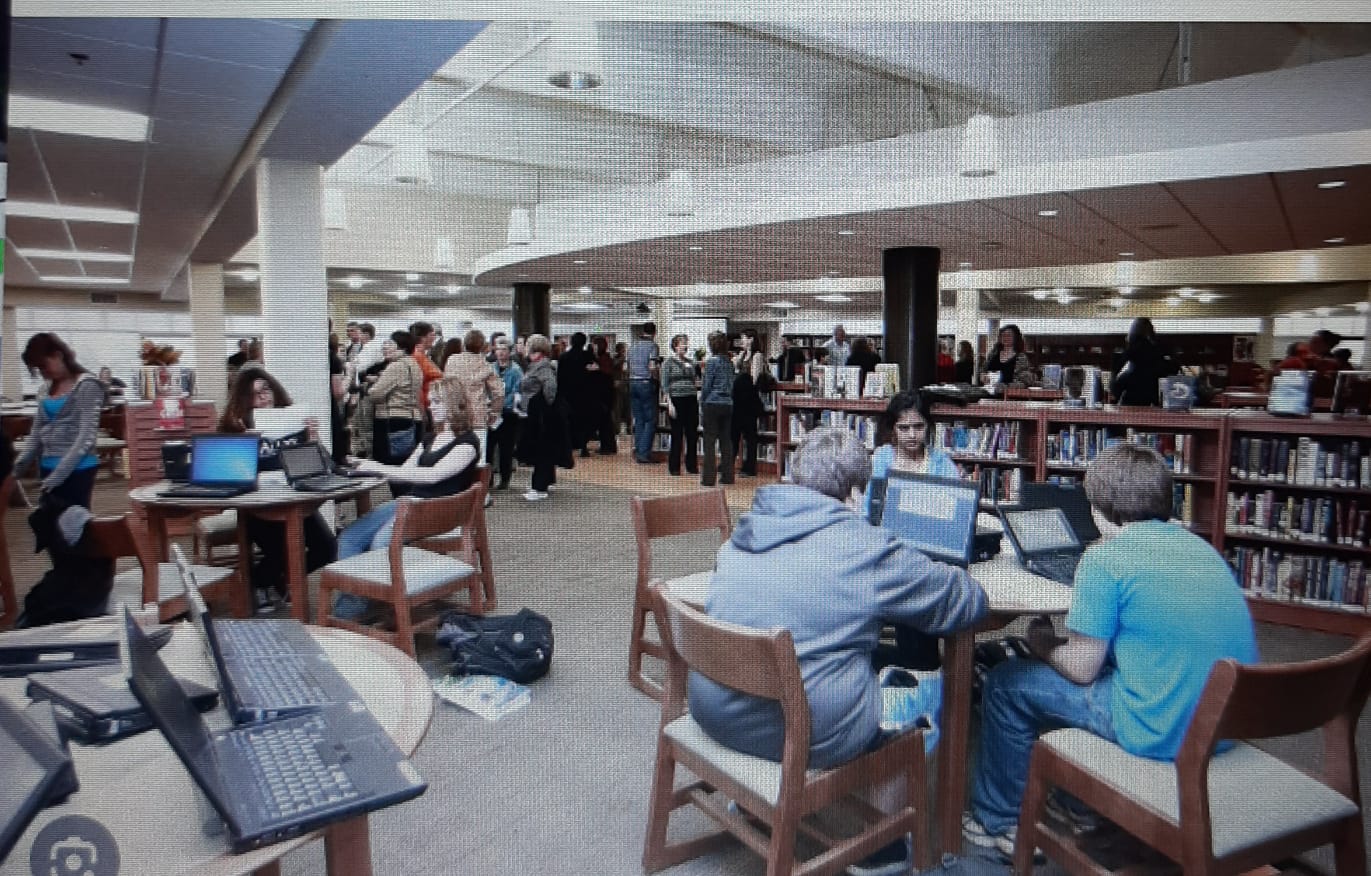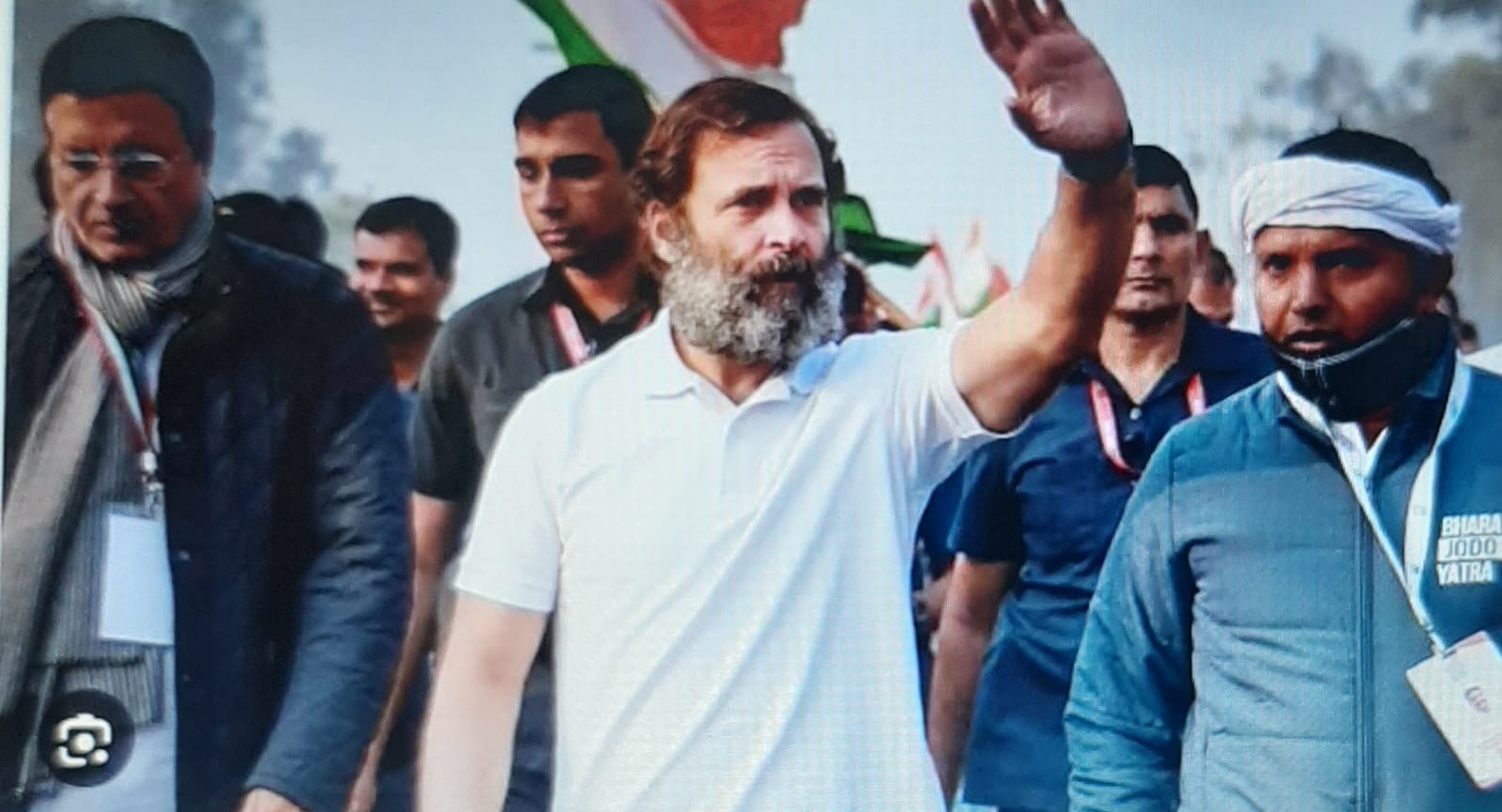
Despite availability of these technological tools, it seems the system failed to adopt them to the optimum. This horrifying collision shows that the work on adoption of these technologies and other related advancements are still lagging behind the schedule envisioned at the time of the launch of Technology Development Missions in the year 2003, writes former IAS officer V.S.Pandey
Tragically we have had to recently suffer one of the most catastrophic train accidents in the history of Indian Railways, involving two fast passenger trains and a stationary goods train. The officials investigating the cause of this accident are exploring the possibility that an electronic signal failure could have caused this disaster. The Railway ministry has also requested the Central Bureau of Investigation to investigate the incident from all angles. Since both the passenger trains were running at high speeds, this resulted in the loss of 290 precious lives and injured more than 1000 passengers. The Railway Ministry has set up a high level enquiry to unearth the reason of this accident. It has been reported in the press that the basic safety features were not in place -in any of the trains involved in this mishap. The “Kavach” was missing for reasons not known.
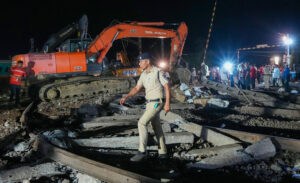 Balasore: A police pesonnel crosses the mangled railway tracks during a rescue and search operation after the triple train mishap that claimed at least 290 people and left over 1000 injured, in Balasore district, Odisha, Saturday, June 3, 2023.
Balasore: A police pesonnel crosses the mangled railway tracks during a rescue and search operation after the triple train mishap that claimed at least 290 people and left over 1000 injured, in Balasore district, Odisha, Saturday, June 3, 2023.
With the onset of the 21st century, with widespread Internet, Wi-Fi services, usage of GPS, information and communication technologies, it was essential to use the new technologies in railways to minimize and avoid head on collisions, delays caused due to fog and poor weather conditions, human errors etc. This led to the launch of six Technology Development Missions in the year 2003 by the then Ministry of Human Resource Development, Government of India in consultation with Ministry of Railways. These TDM’s were mandated to develop and enable installation of the new technologies in a time bound manner to augment the safety of rail travel significantly. The six Indian Institutes of Technology along with other institutions were taken on board to identify the right kind of technologies and were also tasked to identify the talent and expertise available in the private sector and integrate them in the research and product development process from the very beginning. A sum of Rs 30 crore was sanctioned then for research and development of these six technologies targeted to facilitate railways to use these technologies to minimize and eliminate many of the reasons for the railway accidents, that had become a regular feature. These missions included development of bio toilets, installation of integrated GPS, automatic breaking systems, high frequency radio transmission systems in all trains to enable each and every train driver to monitor the speed, location, distance of all other up and down trains on that route. In addition to that, sensors were to be placed along the railway tracks everywhere to monitor the hot axle, wheel and track fractures etc. and to pin point location of trains, number of bogies, rakes etc.
These technologies were generally developed within the prescribed time frame and in collaboration with the private sector partners, these technologies were made ready for deployment. It was presumed then that with the usage of these developed technologies, the railways would achieve a major breakthrough in avoiding accidents involving various factors. But despite availability of these technological tools, it seems the system failed to adopt them to the optimum. This horrifying collision shows that the work on adoption of these technologies and other related advancements are still lagging behind the schedule envisioned at the time of the launch of Technology Development Missions in the year 2003.
The moot question is why were the available technologies not integrated in the railways even after so many years? The problem that plagues our governments is that the routine tasks which are the backbone of every functional system, remain neglected. Instead, the system remains immersed in new activities that only have the potential to attract public attention easily. Railway safety is one of the most important aspects of our nation’s life line and requires rigorous and silent day and night operations which remain out of public glare. Those involved in this critically vital task , naturally remain invisible. They are noticed and questioned only when some terrible accident happens. Serious investigations into the reasons for delays in implementation and adoption of these useful technologies must be done. For every delay, the officers responsible for executing the tasks , are always proffering several excuses for non implementation . These excuses will prima facie look genuine. What about the non performance of the mandated tasks leading to such avoidable catastrophic consequences? People may argue that the situation could not have been avoided even when all the technologies were in place. The question is not whether any situation could or could not be prevented, the question is whether the mandated steps were put in place or not and whether necessary steps were taken in time . After some time ,the enquiry report will come out with its findings regarding the cause of the accident along with the recommendations for the future course of action. The unfortunate part of our governments functioning is that we do not learn from the past mistakes and abysmally fail to take corrective steps in time to prevent recurrence of these kind of unfortunate accidents in future. There is a salutary lesson for those who are currently manning important positions anywhere in the government- do not neglect the routine tasks, they are the master key for success everywhere. For Railways, safety first, speed later, should be the mantra.
(Vijay Shankar Pandey is former Secretary Government of India)




